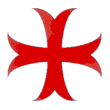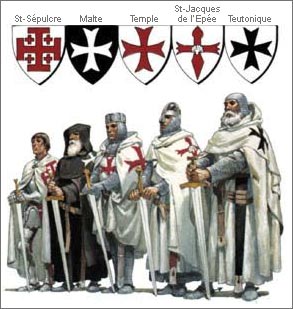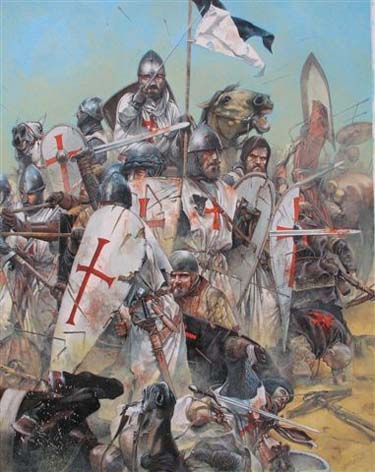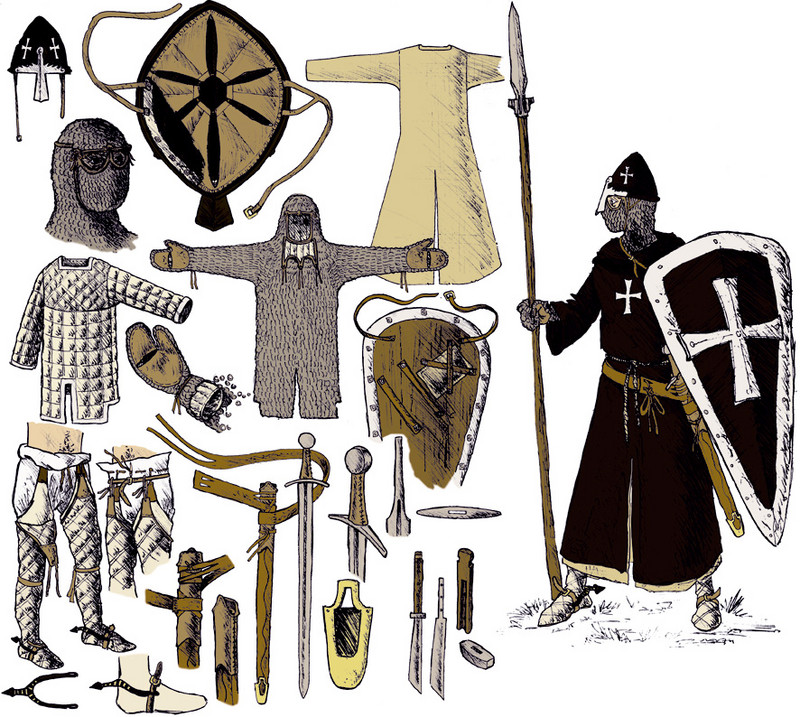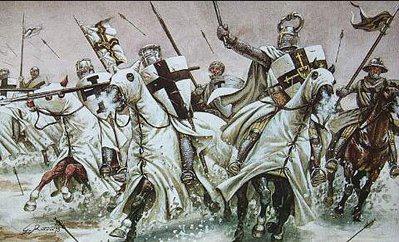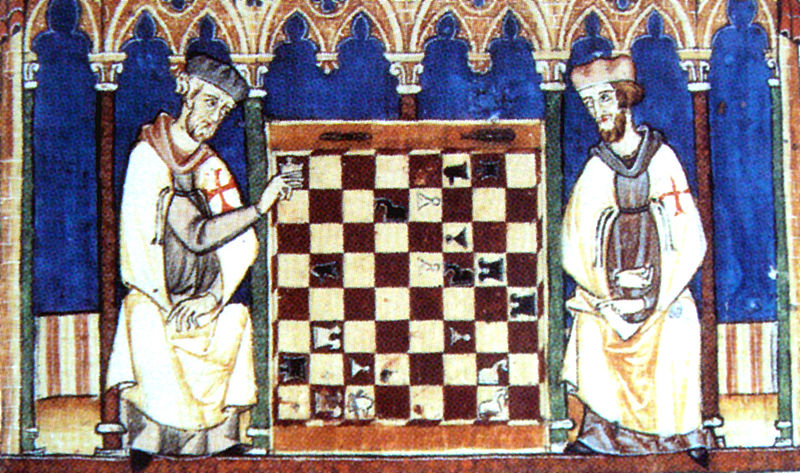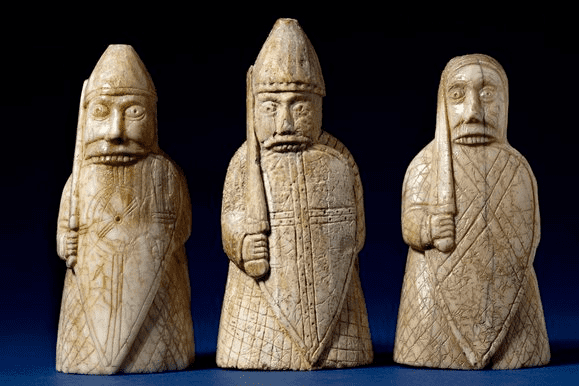Hello, yes the Far West have some reconstitution too and i do have pictures of a reconstitution of the Far West it was for a wedding.Hello, there a lot of différent recreation societies in France like Napoléon , Moyen age, WW2, Far west.Thanks for those. I knew historical recreation societies were big in parts of Europe, but never heard or saw much re France.
I would definitely do the Napoleonic era thing if I were living there. The 'Far West' thing surprises me, though; it was such a short era, and not at all like the Hollywood nonsense, for Europeans to be interested in. That's kind of funny to me.
It seems, sometimes in a some places Far West was also a full of cossacs, and was named as Far East)))))))))

Yes. A lot of Brits, Germans, Irish, and Eastern Europeans came here during their famines and also for the mining booms and gold rushes and headed for the far west, which in the U.S. is really over half of the country, starting at the Mississippi river. By the 20th century all kinds of myths were already widespread. Even Adolph Hitler had a romanticized fetish for the western Indian tribes, and was influenced by all the 'dime novels' written by and for Europeans, as are modern hippies here with their romantic fantasies of them. I just find it funny that Euros would find them that interesting, given how long and deep their own history is, with so much to choose from that is far more interesting, at least to me, kind of like most Americans find it hilarious that many of the French seem to think the American comedian Jerry Lewis was a 'Genius'.




